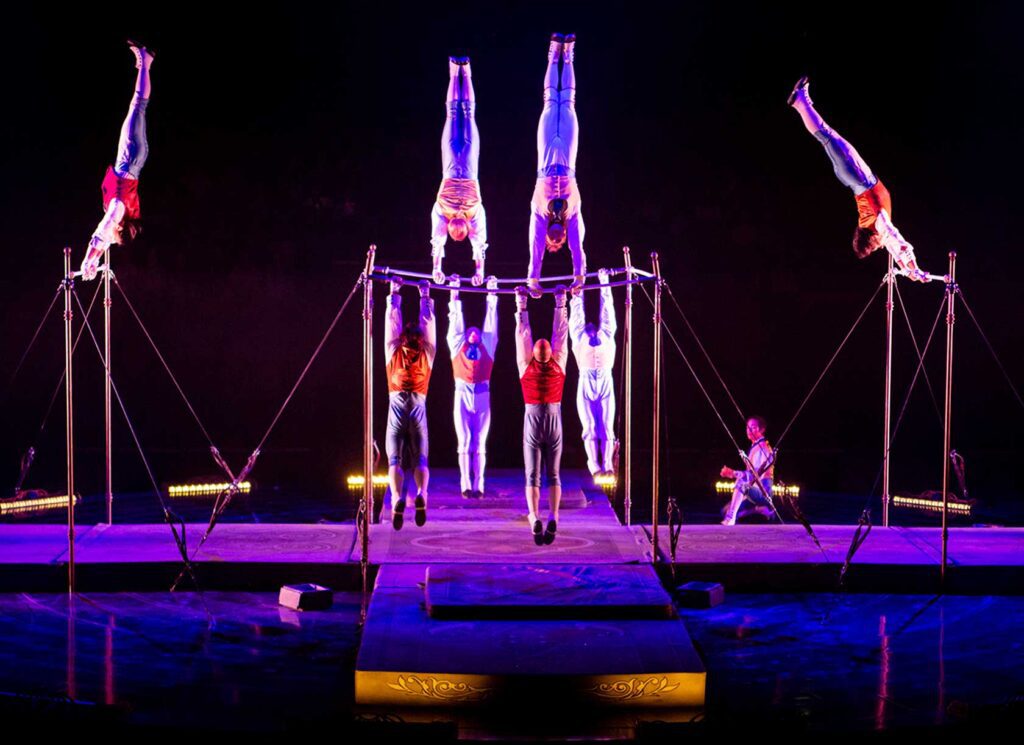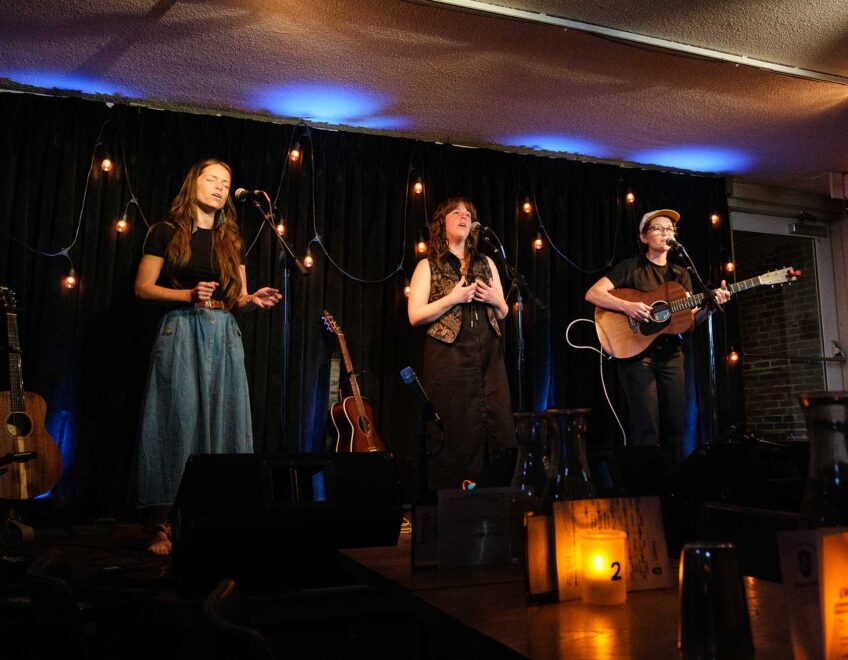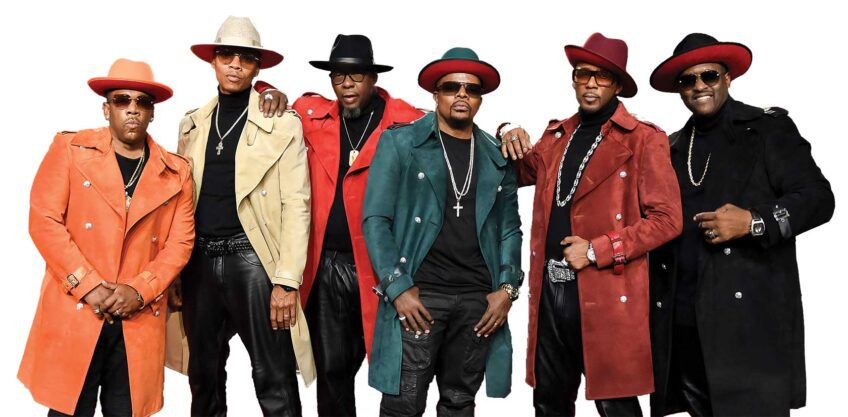Acrobat David Henderson sets the bar high in Cirque du Soleil’s ‘Corteo’

The circus is back in town, but without the big top this time. Cirque du Soleil presents “Corteo” at the Agganis Arena June 8–11. “Corteo” centers on Mauro, a clown who fantasizes about the funny and awe-inspiring antics that occur at his funeral. The performance blends acting and fluid acrobatics for the entire family.
The Montreal-based Cirque du Soleil, which is French for “Circus of the Sun,” is the largest circus organization in the world. Cirque does not use live animals like circuses of days past. Instead, it relies on performers to entertain audiences with a mixture of acrobatics, theatrics, narrative storytelling and song. The company claims that over 180 million people have seen a show since its founding in 1984, and roughly 1,300 artists from over 80 nationalities have been cast in its productions.
One of those artists is David Henderson, a biracial former gymnast and Olympic hopeful who joined Cirque du Soleil in 2011. Henderson performs in the show’s final act, Tournik, which consists of a cube of high bars and eight to 10 acrobats swinging and performing tricks in perfect time. Henderson spoke to the Banner about his journey from competitive gymnastics to “Corteo.”
This interview has been condensed for clarity and length.
Where did you grow up and how did you become a gymnast?
So, I was born in Champaign, Illinois. I moved around quite a bit for the first 10 years of my life for my father’s job. I actually started my gymnastics career in Kansas City, and once I got started, all the moving after was due to my gymnastics.
I moved to Houston, Texas when I was 15. I went to the University of Oklahoma and got a full ride there. Then I trained at the Olympic training center for about three years and then Cirque du Soleil.
How did you go from the Olympic Training Center to Cirque du Soleil?
That was an easy transition. Toward the end of my career, I was healthy enough that even after three surgeries I felt good. So, I sent in a video and about two weeks after that, they contacted me about the general training program that used to be called general formation.
That’s how I got in. Once I finished four months of formation, they didn’t have anything available for me right away. It was about nine months to a year later that they finally offered me my first contract. That was in 2011, for “Corteo” in the big top.
What was training like for “Corteo”?
When we train for the show, we train week to week and we have about one to two trainings a week, that’s it. Those trainings are about 45 minutes long and we essentially fine-tune technique, timing and rhythm. We work with different partners and develop or integrate new sequences.
It’s not nearly as intense as training for competitive gymnastics, because the context is different. There are no medals to be won and no one’s judging you. It’s your job and your livelihood, so if you feel off, you bail, and if you see something wrong and can’t adjust, you bail, because we don’t want to take those risks for you to injure yourself or someone else.
But once the artists get in there and start experimenting with stuff, they [the head coach and artistic director] go, ‘OK, this would work. This won’t work. That’s a little too dangerous. Or, this one’s tricky, but we can get it with practice,’ and over time you just get it.
After “Corteo,” will you be cast in another show or taking a bit of a break?
I don’t need a break. I’m in absolutely wonderful shape. Mentally, physically and spiritually I’m in a good space, so I have no reason to stop. I would like to eventually transition into coaching. I’m currently the artist coach for Tournik and just began that position. I just signed on for another year, so that’s the focus.









